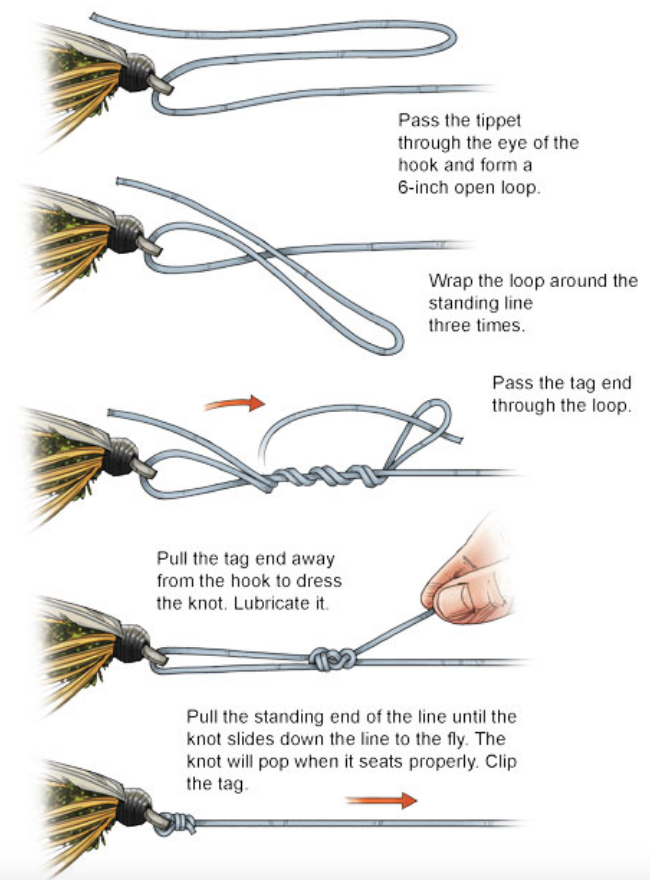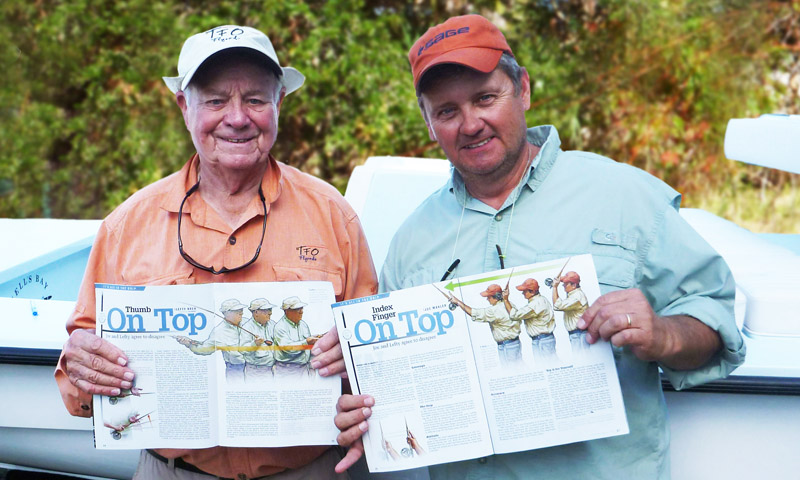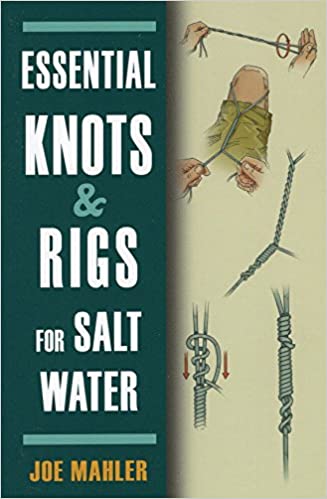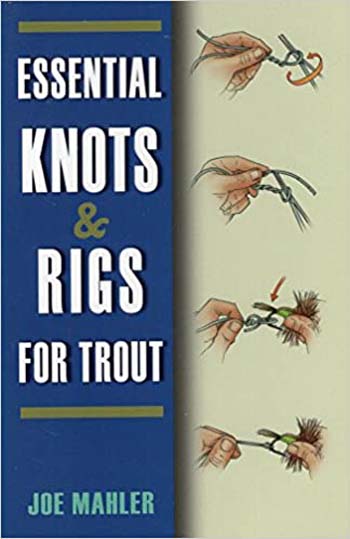
Joe Mahler, like Wanda Taylor, always a helpful hand and one of the most talented fly casting instructors in the USA. Image by Fly Fisherman.
Unless exposed to the knot needs of game fish swimming in the briny water, we’d all be limited knot tyers
However, if brought up salmon and or steelhead anglers and or musky and northern fly anglers, we’d be better schooled in more knots and more careful tying.
Born into the clinch knot and blood knot religion
Being saltwater immersed for about 18 years made getting an advanced degree in knots better than a good idea; a necessity. Here, think stripers, tarpon, albies, bonefish, sharks, cobia, bluefish, big reds and snook, and pulling 8-pound largemouth out of prison wired aquatic flora… and more.
There are plenty of good knot tying books. If we Google YouTube we could be introduced to incorrectly calling the Duncan Loop the Uni Knot, and tying it improperly, or tying off a Bimini Twist so it will unravel, but googling is still a good resource – except when it comes to politics, then beware.
Joe’s two books solve knot tying
His books stand out today as the most practical and best illustrated with text that we’d want to embrace, like why are we using each knot?
The books are written and illustrated by one of the most underrated and talented fly anglers in the US – that would be Joe Mahler.
One take away for me that is in the book, of course, is one of the most reliable and most dependable knots and like many colloquialized knot names have a few, like Pitzen knot, which is also known as the Eugene Bend Knot, 16/20 Knot, or simply Fisherman’s Knot.
Featured Image by Fly Fisherman.










